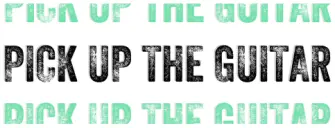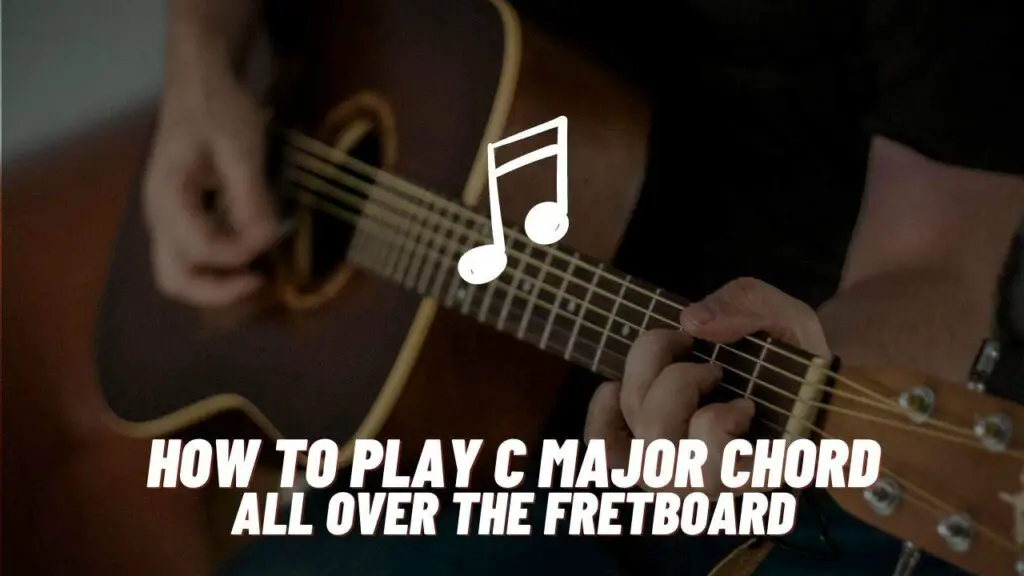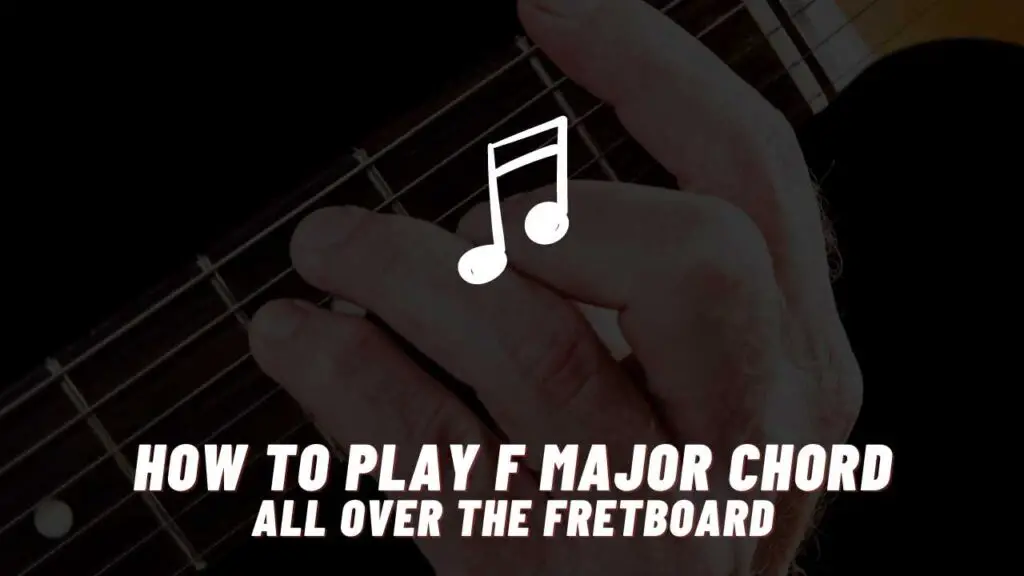In the last lesson, we saw how to play the C major chord and learned it’s different positions, in this lesson I will show you the second most important basic chord i.e, D major chord and I will also help you in getting familiar with it’s six different positions that you can play all over the neck.
As I already said the basic open chords are easily playable on guitar if you are a newbie but to play the different positions of the same chord, you will have to practice its finger placement over and over. Now, let’s look at D Major chord, and it’s different positions all over the fretboard.
Open D major Chord
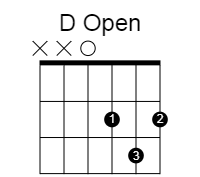
As you can see in the image, there are only 3 notes in d chord. Most of the popular songs are composed on D as the root note. To hold D major chord simply follow the instruction below:-
- Place your 1st finger on 2nd fret of 3rd string.
- 2nd finger on 2nd fret of 2nd string.
- 3rd finger on 3rd fret of 2nd string.
When holding this chord for the first time, make sure there is enough gap between your fingers. If there is no gap and your fingers touch the other strings then the sound produced will be muted. At the beginning, your fingers may feel uneasy and it may hurt but with time and practice the fingers will get used to it.
D Bar Chord on 5th fret
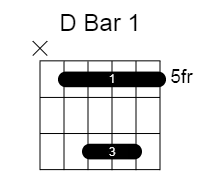
As you can see in the image above, the 5th fret is completely barred except the 6th string. This position of D chord sounds good when it played on electric guitar with some overdrive or distortion. This chord position can help you build your finger dexterity and strength. If you are a newbie then try learning the open position first.
To hold the D bar chord follow the steps below:-
- Place your 1st finger on 5th fret and bar all the strings except the pressing the 6th string.
- Place your 3rd finger 7th fret and bar just the 2nd, 3rd and 4th string.
This chord position demands some strength from your fingers to hold it. With time and practice you would be able to hold this chord easily.
D Bar Chord on 10th fret
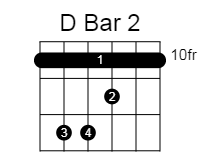
As you can see in the image, this is the second position of the d bar chord that is starting on the 10th fret. This bar chord shape is often used by guitarists compare to its other position.
- Bar the 10th fret completely with your 1st finger
- Place your 2nd finger on the 11th fret of 3rd string.
- Place 3rd finger on 12th fret of 5th string
- Lastly place your 4th finger on 12th fret of 4th string.
Position – 4
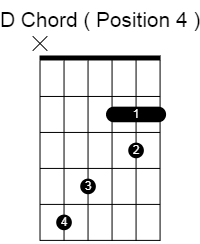
This position of d chord can be tricky if you are a newbie because it requires lots of finger stretching. If you want to read more about finger stretching then I have written a dedicated post about it. Now let’s take a look at what’s happening here in this chord.
As you can see the first three strings on the 2nd fret are barred and other finger placements are spread to the 5th fret of the neck. To hold this chord properly follow the steps below.
- Place your 1st finger on the 2nd fret and bar the 1st 3 strings.
- Second finger on 3rd fret of 2nd string.
- The third finger on the 4th fret of 4th string.
- Lastly, place your 4th finger on the 5th fret of 5th string.
This position is similar to the open d chord, just 3 notes are added.
Position – 5
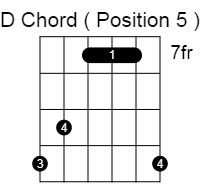
As we can see the 5th position of D chord starts from the 7th fret and expands to the 10th fret. To hold it correctly follow the steps below.
- Place your 1st finger on 2nd, 3rd and 4th string of the the 7th fret and bar it.
- Place your 2nd finger on 9th fret of 5th string.
- 3rd finger on the 10th finger of the 6th string.
- Lastly, 4th finger on 10th fret of 1st string.
Position – 6
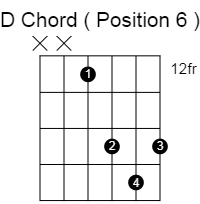
Now, let’s take a look at the last and final position of D chord. This position is similar to the open d chord position, just one note is added and starts on the 12th fret of the neck. Let’s take a look on the finger placement.
- Place your 1st finger on the 12th fret of 4th string.
- 2nd finger on the 14th fret of g string.
- 3rd finger on the 14th fret of 1st string
- 4th finger on the 15th fret of 2nd string.
